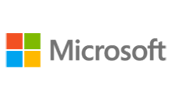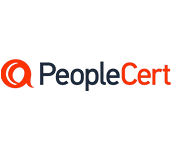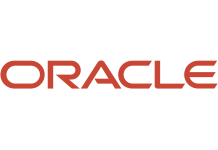- 087 941 5764
- impactful@lrmg.co.za


This five-day instructor-led course is intended for power users and IT professionals who are tasked with working within the SharePoint 2016 environment and conduct site collection and site administration. This course will provide a deeper, narrowly-focused training on the important and popular skills needed to do SharePoint site collection and site administration with SharePoint 2016 deployed on-premise, in Office 365 (SharePoint Online) or a hybrid deployment (on-premise connected to Office 365).
This course is designed to complement skills learned in other Microsoft courses, which focus on overall SharePoint 2016 server administration and deployment as well as overall Office 365 management:
Our courses have flexible delivery options:
This course is intended for:
Those who provide site collection and site administration and are power users or IT professionals who are tasked with supporting or working within the SharePoint 2016 environment on-premise and/or in Office 365.
Learners should start this course already having the following skills:
By the end of this course, you will be able to:
Need additional information?
We are here to support your growth every step of the way
Get in touch
This five-day instructor-led course is intended for power users and IT professionals who are tasked with working within the SharePoint 2016 environment and conduct site collection and site administration. This course will provide a deeper, narrowly-focused training on the important and popular skills needed to do SharePoint site collection and site administration with SharePoint 2016 deployed on-premise, in Office 365 (SharePoint Online) or a hybrid deployment (on-premise connected to Office 365).
This course is designed to complement skills learned in other Microsoft courses, which focus on overall SharePoint 2016 server administration and deployment as well as overall Office 365 management:
Our courses have flexible delivery options:
This course is intended for:
Those who provide site collection and site administration and are power users or IT professionals who are tasked with supporting or working within the SharePoint 2016 environment on-premise and/or in Office 365.
Learners should start this course already having the following skills:
By the end of this course, you will be able to:
Certified global best practices in the new technologies…




Please complete the form with your information and one of our experts will get back to you soon.

Get in touch
Email: impactful@lrmg.co.za
Tel: +27 87 941 5764